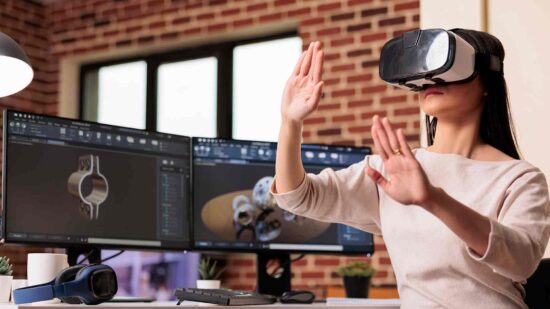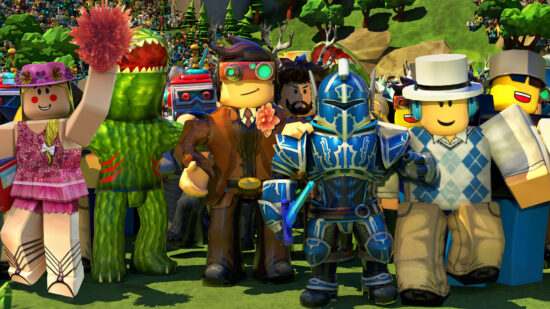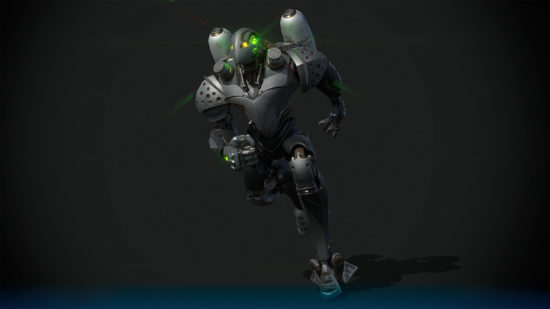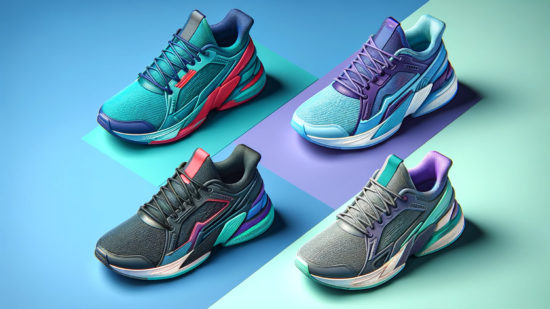You may not notice it, but you probably encounter 3D visualizations of products every day in advertisements, banners, videos, and webpages. When created with care, this type of solution can provide a level of detail similar to HD photos and with even better visual flair. This is a powerful way to show off a product’s best features and a must-have for any company that sells physical products.
This article will introduce you to the exciting world of 3D product configuration and product modeling. In it, you can find everything you need to start making your own visualizations of stunning quality.
What is 3D Product Visualization?
3D product visualization is the digital presentation of a product through a 3D model and virtual environment. The product’s appearance, features, and dimensions should match up to its original version (a physical product or its digital equivalent).
What many people get wrong about the terminology is using “3D visualization” interchangeably with “3D render”. A render is just a still image with 3D content, while 3D product visualization technology allows it to be created in many more forms, including animation, applications, and panoramas.
What are the benefits of using 3D product visualization?
You can get a lot of great use of your visualization solution, especially when you use it for a business purpose. Some of the potential benefits include:
- Superior presentationCompared with regular photography, computer-aided visualization can generate much more gorgeous scenes and visuals, with impeccable lighting, color, and animation.
- Freedom to customizeGiven the way visualizations are made (more on that later), you can easily modify and customize them with your changing needs. The options to do so with renders and photos are much more limited.
- More information givenAt the very least, visualizations let you rotate a product and look at it closely from all angles. Additionally, you can add informative text, audio, or animation into the mix to tell even more about the product.
- Pretty quick productionCreating a 3D visualization is usually not much longer than taking and professionally editing a photo or creating a render. All of them usually take from a couple days to a week.
- Compatible with many formatsThis type of solution can be integrated into many forms of media and reused from one platform to the next. You can even transform it into something bigger with added functionality. We examine this option lower in the article.
Top Formats of 3D Product Visualization
As we have mentioned, visualization can be made in many forms, but what about platforms? Let’s examine the main formats of this solution type:
1. Non-immersive visualization

This is the most common format and also the most universal. We see regular 3D visualizations used in many different settings, but animations and apps are the most common. These can be broadcast on television, deployed on the web, opened on a mobile phone, and about a dozen other ways.
2. VR product visualization
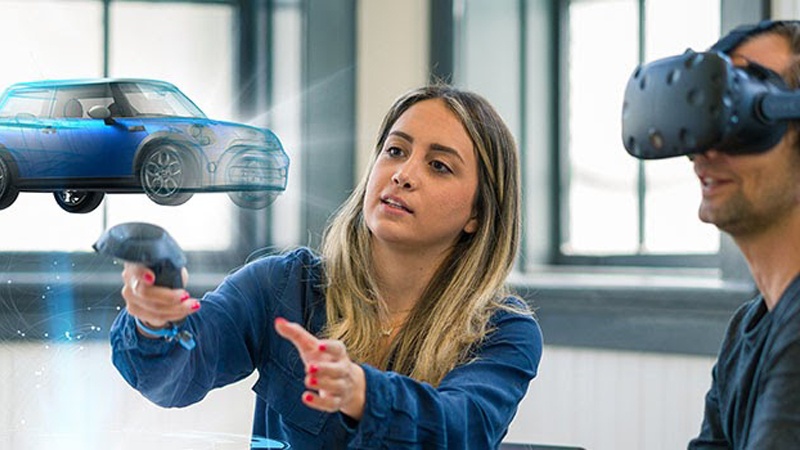
Virtual reality is a technology that takes you out of the real world and places you in a digital one. Thus, when you put on a VR headset and initialize a visualization app, you will see the product as if it was right in front of you. Using controllers and head movements, you can also interact with it and get a realistic experience of what it will be like to handle it in real life.
3. AR product visualization
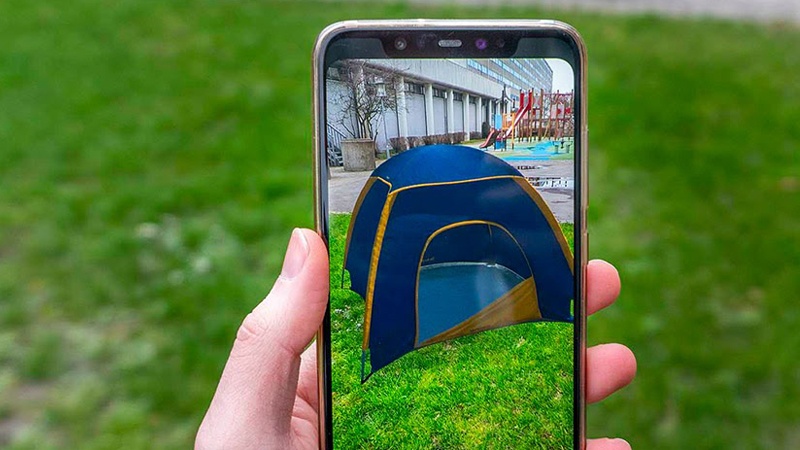
Augmented reality makes use of mobile devices like smartphones and their cameras, capturing footage and layering 3D models on it through apps. Sometimes, the apps are deployed in browsers through a technology known as WebAR. Thus, your mobile devices can visualize a product in a relevant setting, such as clothes layered on top of your body or a car presented in a garage.
How to Use Product Visualization in Your Industry
To be fair, we could say that product visualization is used in all industries that build products, but this would be a generalization. Some industries are much better suited to the technology and have already reaped many benefits from it. Thus, if you check the list below and don’t see your industry, it doesn’t mean that this kind of solution is not meant for you. Rather, you have the unique opportunity to become a pioneer for your business type.
3D product visualization for furniture

This solution is used very often in online furniture stores. Before buying, users want the chance to rotate furniture from different angles, and not have to rely on photos, which often do not match up with reality. As such, it also serves as a versatile tool for interior design.
3D visualization in marketing
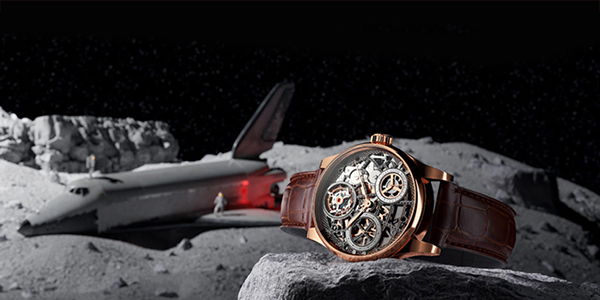
You’ll often see such 3D content in advertisements and marketing campaigns, which make great use of computer design to depict the product in unique and sometimes wacky settings. This helps cement interest in consumers and prompts them to check out the item further.
Product visualization in eCommerce

Online stores host a huge portion of all visualizations created, and the logic behind it is clear: it is much more likely that customers will form a positive impression from a sleek visualization than from a set of photos or a recorded video.
Beauty/health product visualization
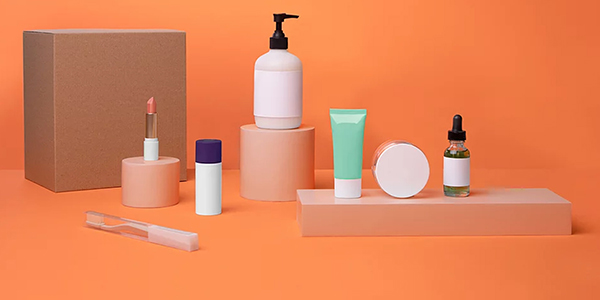
One peculiarity of beauty and health products is that they are not often depicted in their packaged state. Thus, most visualizations focus somewhat on what the product looks like outside of its container, and even more on how it looks applied to the body.
Automotive product visualization
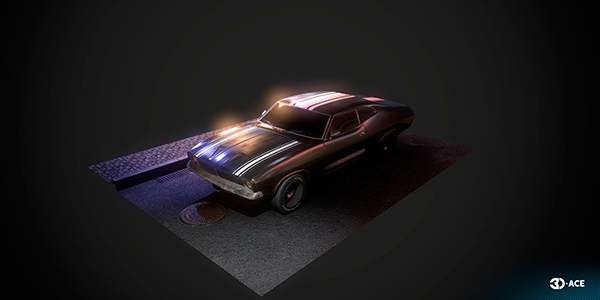
Most automobiles can be considered luxury goods, so consumers shopping around for a car expect to see the models presented with a high level of detail, options to zoom in and rotate, and preferably see them depicted in a relevant setting.
Tech product visualization
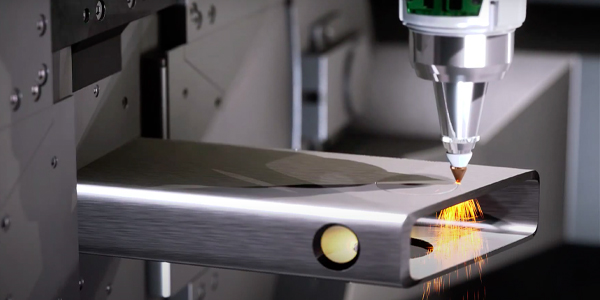
Tech products are usually visualized with strong lighting and great attention to detail. This way, when the assets are used for promotional photos and videos, customers can see every bezel and nook of the device clearly and imagine what it will be like to handle it.
How to Build 3D Product Visualization
Once you make up your mind to build such a solution, you can follow the tips and guidelines below for simpler development and release.
1. Planning
Having a product is not enough to visualize it in 3D – you also have to put some thought into how it should be presented and which aspects of it you want to show. You may use the following checklist for planning:
- Obtain accurate references of the product
- Determine which aspects/features you want to demonstrate
- Choose a background and lighting settings
- Create a design document with all requirements and references, provide it to a 3D artist
2. Creation
The first step to creating such a solution is to build a 3D model of the product. 3D software (including 3DS Max, ZBrush, and Maya) is a must-have, and your expert can use a variety of 3D modeling techniques to make everything look great. It can also make sense to create a unity 3d product visualization since the engine has many relevant and useful features.
This is usually done by a 3D artist/modeler, but you may also need an animator and developers, depending on how you want to present the content. If you don’t have these specialists, you can always hire custom 3D modeling services from a reliable provider.
3. Touch-up and integration
With the key 3D assets built, things like texture, color, lighting, and background are added. Sometimes, the process stops at this and the work is created into an image, but it is more common for it to then be packaged into animation or interactive software. It is not unusual for the content to be reviewed before and after this step to identify issues and apply revisions before anyone else sees.
Need More Functionality? Get More Out of Your Visualization
While 3D visualization is already great on its own, it can be transformed into something bigger. Using the 3D content as a foundation, you can build some impressive software solutions:
- ConfiguratorThis is an application that shows off a product and offers users a broad choice of customization features that are reflected in its appearance, description, and build.
- PrototypeSometimes, visualizations are made for products still under development and MVPs. In this case, they can serve as the blueprints for actual manufacturing or pathfinders for further models.
- Digital TwinDigital twin software features 3D models of various objects, parts, and processes, as well as accurate data of how they function (collected by sensors). This gives insights into how the item performs and which improvements are possible.
- ManualManuals can be static (unchanging) or dynamic, providing users with an interactive experience that shows how the product works and how to properly handle it.
- Branded gameYou can even present your product in a fun setting like a game, which will help introduce users to your brand and product in a subtle and interesting way.
Looking for partners to develop 3d product visualisation?
How to Order Product Visualization Services
Many companies lack the specialists and infrastructure to create high-quality 3D content of their own, but there is a saving grace – 3D production studios. 3D-Ace is one such studio offering custom design services, including crafting the best 3D product visualization of your product. If you check our portfolio, you can see that we have made plenty of such art in the past.
By choosing our studio, you are getting an experienced partner ready to accommodate your unique business needs. We will find the best way to show off your product and build a whole software solution around it if necessary.
Begin the journey of visualization today by contacting us about your project.
